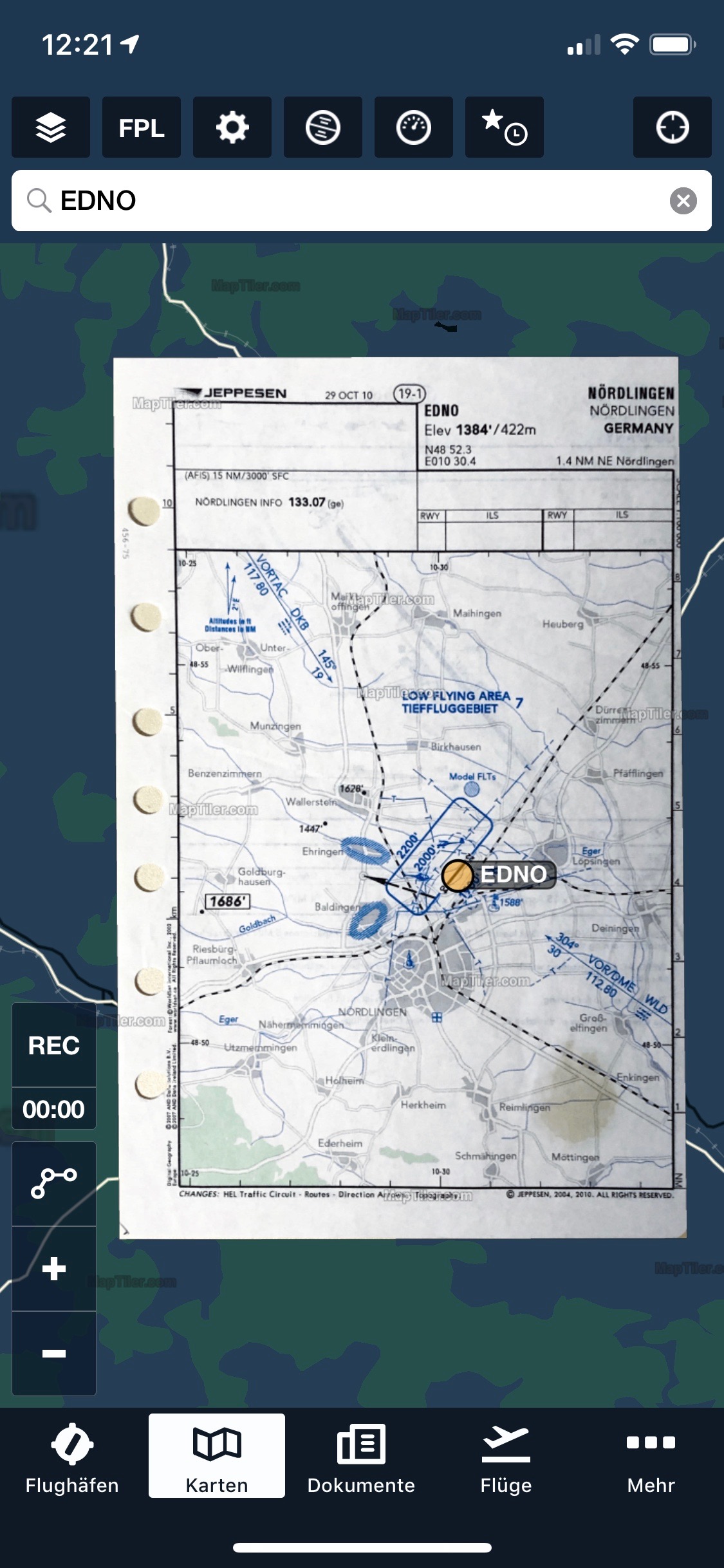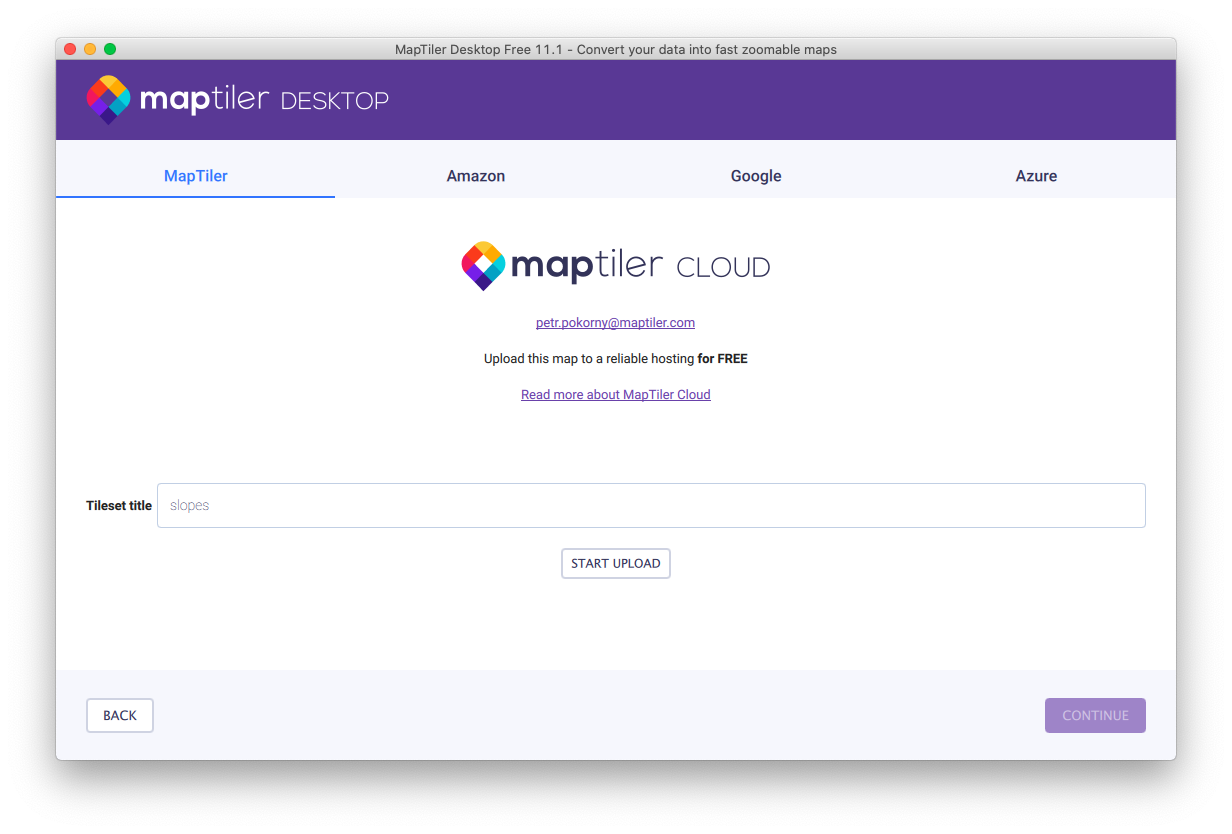
the origin of the coordinate space is at the north-west corner instead of the middleįor example, MercatorCoordinate(0, 0, 0) is the north-west corner of the mercator world and.the size of 1 unit is the width of the projected world instead of the “mercator meter”.MercatorCoordinate uses the web mercator projection ( EPSG:3857) with slightly different units: LngLatBounds (, ) var v3 =, ] MercatorCoordinateĪ MercatorCoordinate object represents a projected three dimensional position. Returns the bounding box represented as an array.

Returns number The north edge of the bounding box. Returns the north edge of the bounding box. Returns number The east edge of the bounding box. Returns the east edge of the bounding box. Returns number The south edge of the bounding box. Returns the south edge of the bounding box. Returns number The west edge of the bounding box. Returns the west edge of the bounding box. Returns LngLat The southeast corner of the bounding box. Returns the southeast corner of the bounding box. Returns LngLat The northwest corner of the bounding box.

Returns the northwest corner of the bounding box. Returns LngLat The northeast corner of the bounding box. Returns the northeast corner of the bounding box. Returns LngLat The southwest corner of the bounding box. Returns the southwest corner of the bounding box.

Returns LngLat The bounding box’s center. lat number Latitude, measured in degrees.lng number Longitude, measured in degrees.This flexible type is documented as LngLatLike. Note that any Mapbox GL method that accepts a LngLat object as an argument or optionĬan also accept an Array of two numbers and will perform an implicit conversion. Mapbox GL uses longitude, latitude coordinate order (as opposed to latitude, longitude) to match the These coordinates are based on the WGS84 (EPSG:4326) standard. Returns the current sdtate as json, useful when you want to have aĪ LngLat object represents a given longitude and latitude coordinate, measured in degrees. This is in pixels and with the top left being (0.0) and +y being downwards. Utility method that computes the new apprent center or vanishing point after applying insets. This maintains the current inset value for any inset not present in target. On top of the map and having the vanishing point shift as UI elements resize. This is useful for adding floating UI elements This shifts the apprent center or the vanishing point of the map. Point ( - 77, 38 ) // a PointLike which is a Point var p2 = // a PointLike which is an array of two numbers EdgeInsetsĪn EdgeInset object represents screen space padding applied to the edges of the viewport. show streets etc in a second geoJSON layer and use exported OSM streets geoJSON data for the purpose with supplied functions used to alter the rendering of the streets and their namesĪlthough I have been using Leaflet for years, I have never done this sort of thing before.X and y properties representing screen coordinates in pixels.Show the map imagery in one geoJSON layer.



 0 kommentar(er)
0 kommentar(er)
